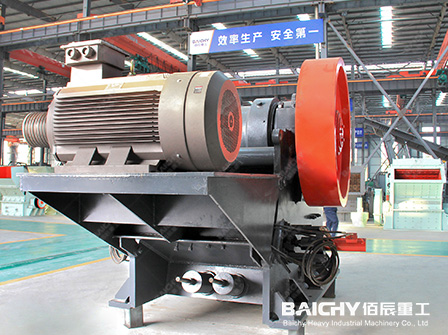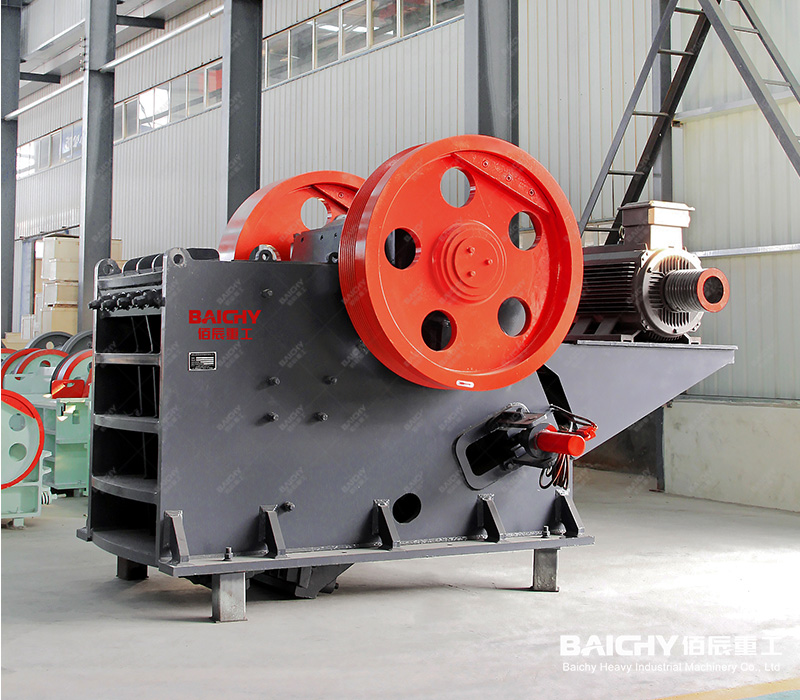The performance requirements of limestone crushers involve many aspects, including crushing capacity, feed and discharge size, energy consumption and efficiency, durability and maintenance cost, safety and environmental protection. When selecting a crusher, these performance requirements should be considered comprehensively, and weighed and selected according to actual production needs and budget.
1. Crushing capacity
• Crushing ratio: Crushing ratio refers to the ratio of material feed size to discharge size, reflecting the degree of particle size reduction of the material by the crusher; for medium-hard materials such as limestone, a high crushing ratio means that the equipment can effectively reduce the material particle size and improve crushing efficiency.
• Processing capacity: Processing capacity is usually expressed in tons/hour (t/h), indicating the amount of material that the crusher can process per hour; when selecting, it should be determined according to its own production scale and needs to ensure that the selected equipment can meet daily production needs without excess or shortage.
2. Feed and discharge size
• Feed inlet size: The feed inlet size limits the maximum size of the material that can be processed and determines the need for pretreatment before crushing; when selecting, it should be determined according to the maximum size of the raw material to ensure that the material can smoothly enter the crusher for crushing.
• Discharge particle size adjustment range: The wider the discharge particle size adjustment range, the higher the flexibility of the equipment, and the more it can adapt to various production needs; by adjusting the internal structure of the crushing chamber or the size of the discharge port, the output of products of different particle sizes can be achieved.
















